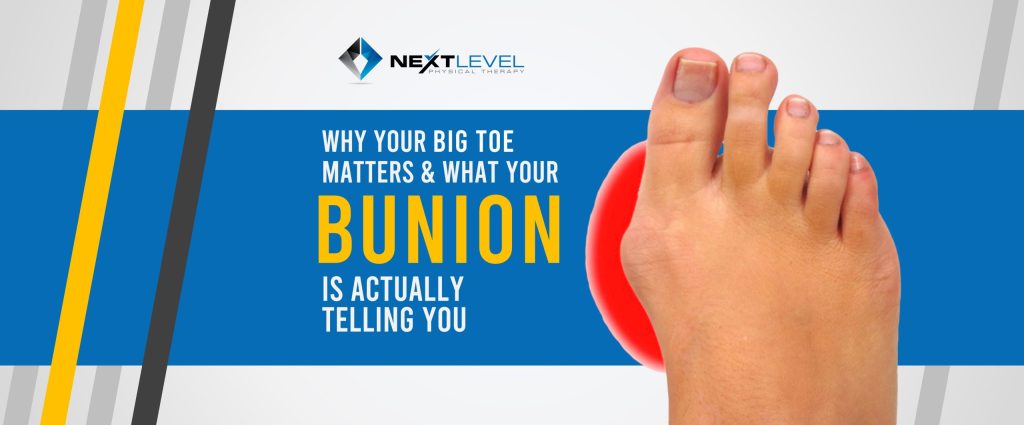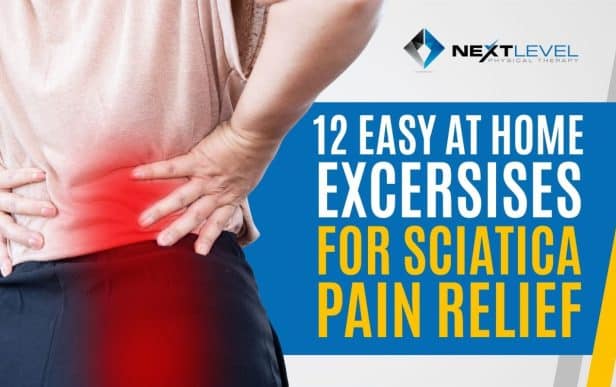Author: Dr. Elyse Dinan, DPT
For something as small as a toe, it can be surprising how much influence the big toe has on the rest of the body. With every step we take, the big toe helps us sense the ground and plays a major role in how we push off from one foot to the next. When big toe extension is limited, especially the motion needed to rise up onto the toes, walking mechanics can change significantly.
Those changes often lead to compensations that do not stop at the foot. Over time, they can affect the knees, hips, low back, and even travel upward into the upper back, shoulders, and neck.
Basics of Walking:
To understand why the big toe is so important, we first need to review some basic anatomy and the gait cycle, or how we walk.
The big toe is designed to extend backward roughly 70 degrees, creating nearly a right angle with the bottom of the foot. This extension can become limited for several reasons, but two of the most common contributors are altered joint positioning and tightness in the muscles that flex or curl the toe downward.
Changes in joint position can occur for many reasons and are best identified during a full evaluation with a physical therapist. Factors such as high or low arches, excessive pronation or supination, or pushing off the outside of the foot instead of the big toe can all alter how the bones of the foot align. When alignment changes at the big toe joint, the available motion is often reduced.
The important takeaway is that these changes are often modifiable. With the right interventions and exercises that address the root cause, big toe position and movement can frequently be improved.
The second contributor is tightness in the muscles that hold the toe in a flexed or curled position. It is important to understand that muscle tightness is usually a response, not the original problem. Muscles typically become tight due to the positions they are placed in or the demands repeatedly placed on them.
It is uncommon for someone to be born with muscles that are simply too tight. More often, tightness develops as a reaction to how the foot is functioning. That is why identifying and addressing the underlying cause is essential for long term improvement.
Gait Cycle: Push Off
To further highlight the role of the big toe, we need to look at the terminal stance and toe off phases of the gait cycle. During this phase, the heel lifts off the ground and the body moves forward over the big toe. This motion requires adequate extension at the big toe joint.
Because we take thousands of steps each day, even small impairments in this phase can add up over time.
Diagram: Phases of the normal gait cycle, including heel strike, loading response, mid stance, terminal stance, pre swing, toe off, mid swing, and terminal swing.
When the big toe cannot extend properly, people often compensate by rolling toward the pinky side of the foot during push off. Another common compensation is the development of a bunion, which occurs when force is driven through the inside edge of the toe instead of allowing the toe to extend backward at the joint.
Both of these compensations can lead to pain in the toe or foot itself. They can also increase stress on the knees, hips, low back, and other areas as the body adapts to keep walking smoothly despite the limitation.
Whether you are dealing with foot pain, pain elsewhere in the body, or are concerned about a developing bunion, the big toe is often an overlooked but critical piece of the puzzle.
If you have been focusing only on the location of your pain without success, it may be time to zoom out and look at the entire body, quite literally from head to toe. A thorough assessment by a physical therapist can help identify movement limitations, compensations, and how they may be contributing to ongoing pain.




